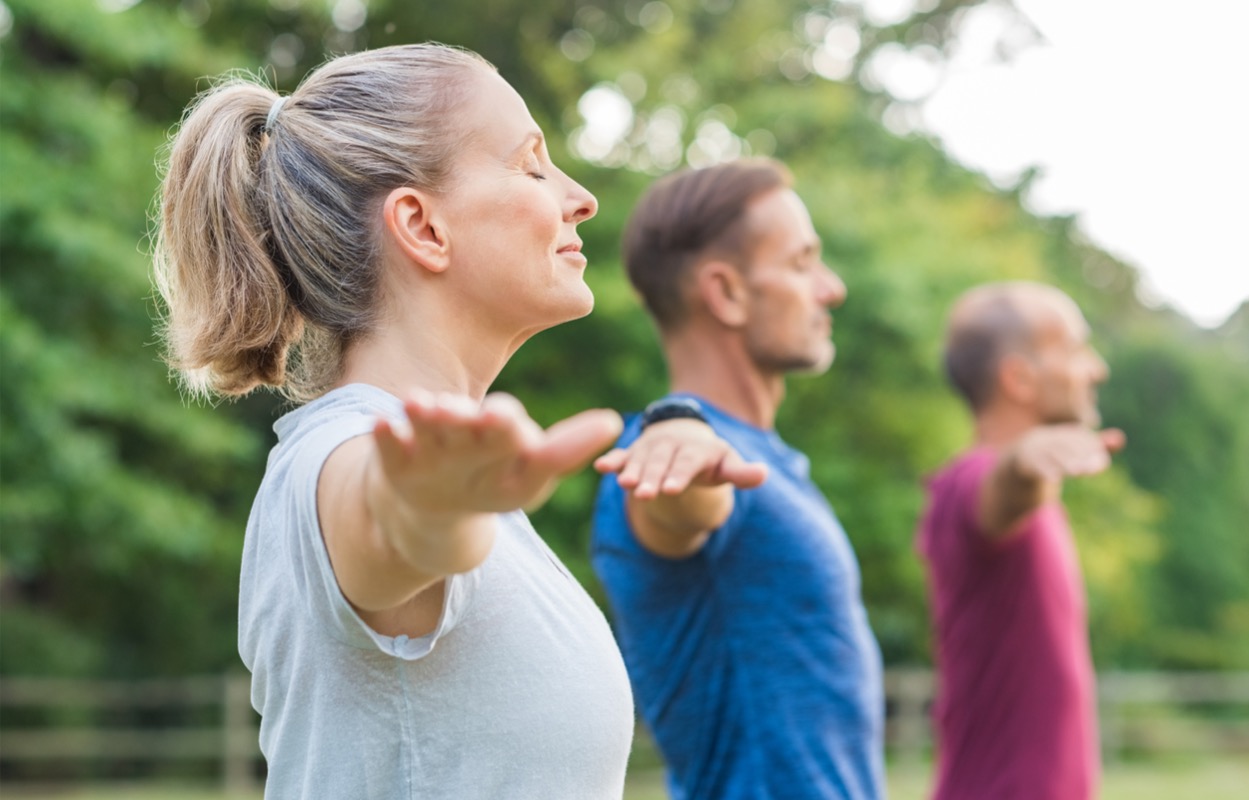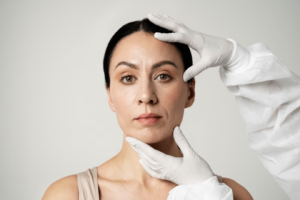Whether you have arthritis, bursitis, or an acute injury, joint pain can make everyday activities uncomfortable. Yoga is a great way to relax the body and relieve joint pain. It is a gentle and low-impact method of exercise that usually consists of long-hold stretches, mindful poses, and meditation. In a national survey, 82 percent of participants stated that yoga improved their overall health and made them feel better.
Yoga’s effect on joint and overall health:
- Relieve joint pain and tension
- Build muscle strength
- Increase mobility and joint flexibility
- Improve mental wellbeing
- Relieve stress and tension
- Protection from injury
- Improve the quality of sleep
- Weight loss
- Promotes relaxation and stress reduction
- Reduce pain through mindfulness
Yoga for beginners
Yoga includes deep stretches and mindful poses. When practiced correctly, the body should feel pressure, but no major discomfort. When a yoga pose becomes painful, it means it may be too strenuous and should not be held so deeply. With practice and experience, more difficult yoga poses will become attainable.
A professional yogi can give the best advice regarding proper form. If you are new to yoga, consider attending a yoga class in your area. Many local yoga studios offer weekly classes for beginners. These classes can be helpful in teaching newcomers how to include yoga in their regular exercise routine. There are also many online resources, like YouTube videos, that can guide beginners through their yoga journey.
Older individuals are more prone to sprains and strains from practicing yoga incorrectly. Performing this exercise while guided by a qualified instructor can help prevent injury and overexertion.
Iyengar yoga is generally very accommodating for people with a limited range of movement in one or more joints. For this reason, it can be a great choice for those with arthritis or other joint issues. This type of yoga utilizes assistive props like ropes and foam blocks to aid in difficult poses. For example, if someone cannot bend over to touch their toes, they can put a foam block by their feet and reach for that instead. If you have a limited range of movement, contact your local yoga studio and inquire about the availability of assistive props during classes.
If you are experiencing joint pain, consider practicing yoga. It may also help to see a medical professional to help relieve your joint pain. Visit Greenberg Regenerative Medicine to see how our noninvasive treatments can help relieve your joint pain. From stem cell therapy to platelet-rich plasma (PRP) to prolotherapy, Dr. Greenberg has the right treatment for your joints. Call (833) 440-HEAL today!




